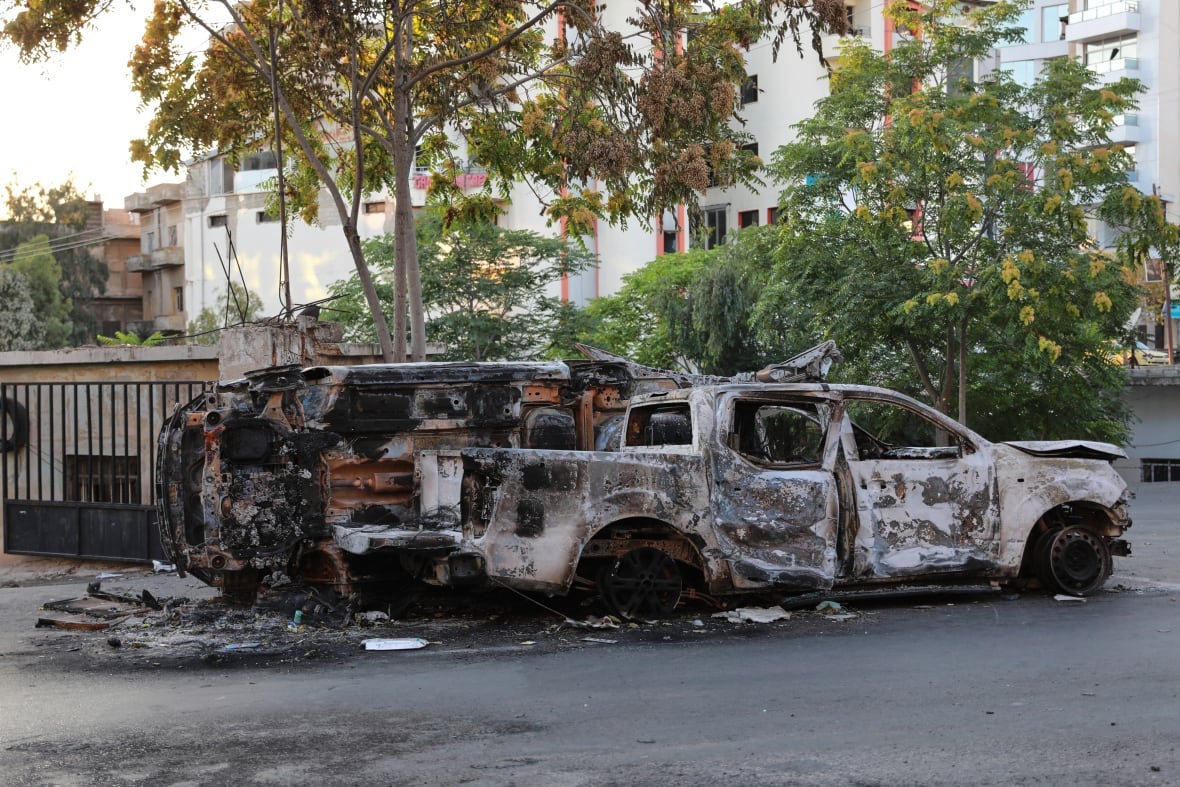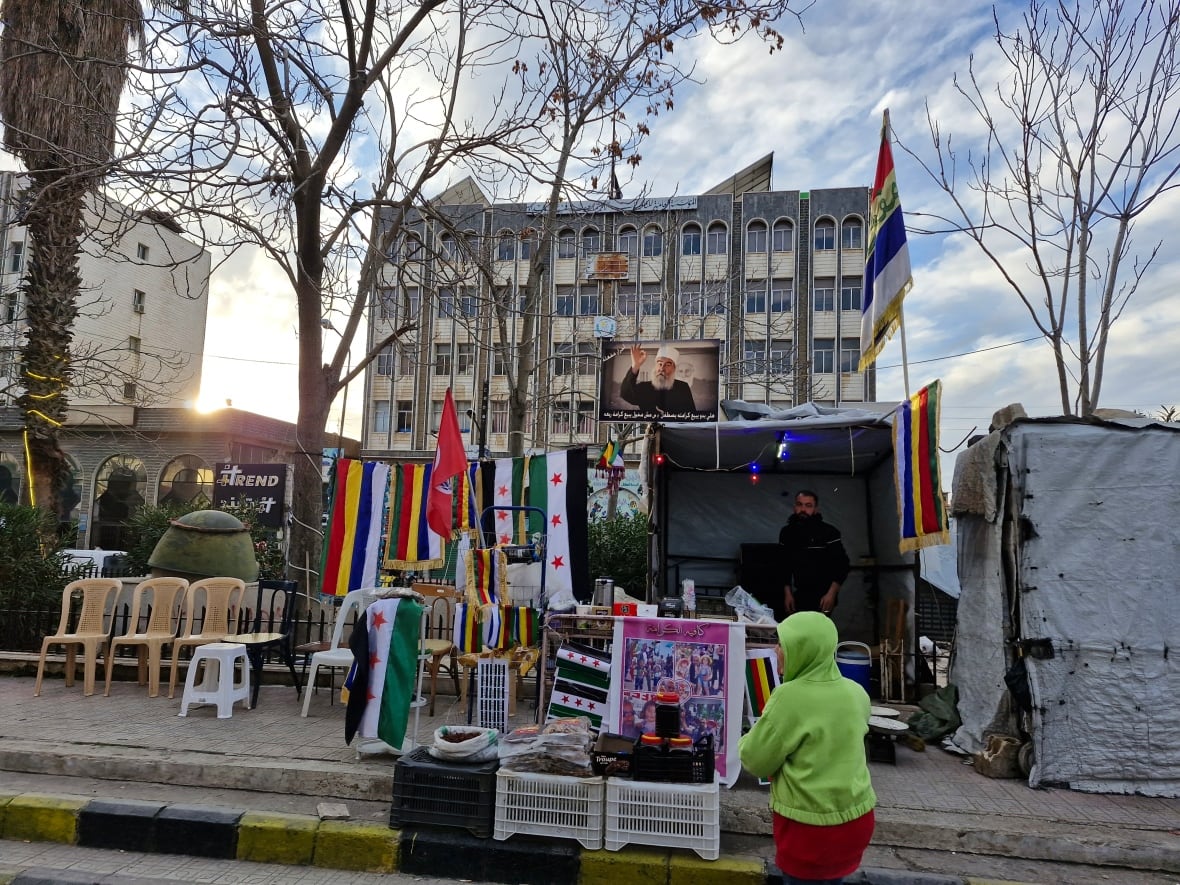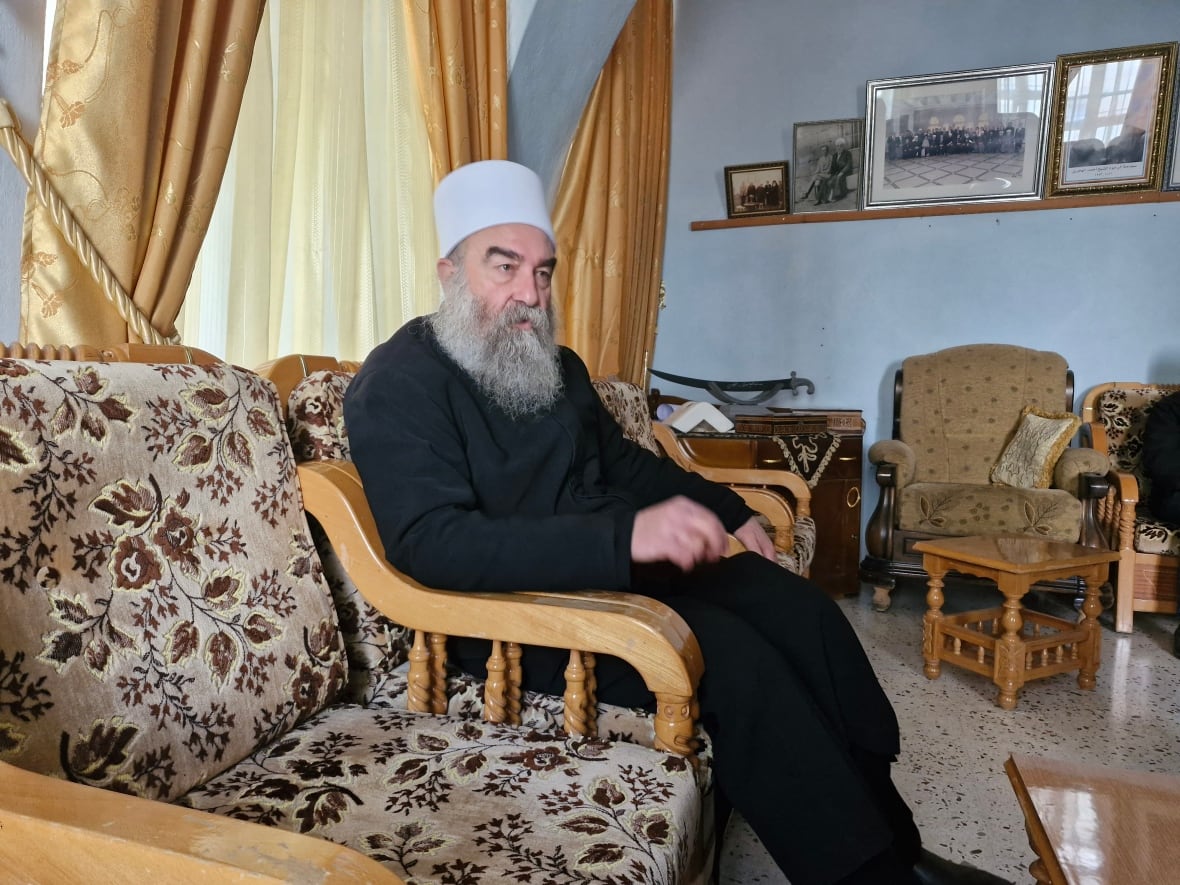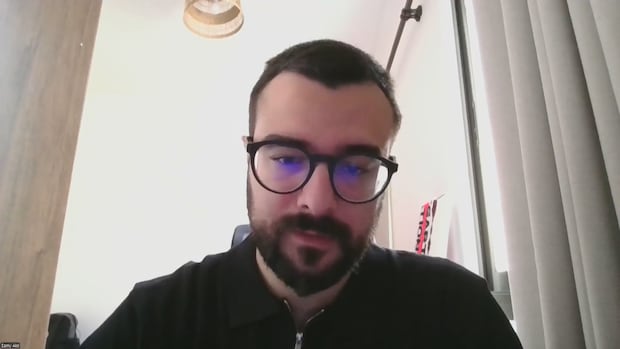
Southern Syria exploded into the worst violence of post-Assad era. What that means for the region's future
Published: 2025-07-25 17:50:20 | Views: 10
Seven months of relative calm in Syria came to a bloody end last week, when what began as local skirmishes escalated into the worst fighting since the fall of Bashar al-Assad in December.
The fighting took place in Suwayda, a southern Syrian province that has remained outside of government control since forces led by now-President Ahmed al-Sharaa swept into Damascus and took control of the country last year.
Suwayda is dominated by the Druze sect, an Abrahamic group whose beliefs include aspects of Christianity, Islam and other religions. It also hosts a sizable population of Bedouins, a Sunni Arab ethnic group who live a semi-nomadic lifestyle as shepherds.
Clashes between the two groups have been frequent, but none have escalated to anything near the degree reached last week, which began after a Druze merchant was kidnapped on July 11.
By the time a shaky truce was established more than a week later, both Syrian and Israeli government forces were involved, 150,000 people were displaced and the region was left destabilized — primed for further violence.

The initial incident led to two days of escalating fighting between Druze and Bedouin militiamen. On July 14, the Syrian government deployed forces into the province to intervene — until then entirely absent from Suwayda.
Some government troops were ambushed and killed by Druze fighters affiliated with Hikmet al-Hijri, a controversial Druze spiritual leader who wields significant influence in the region.
The unsettled status of the region and Damascus's desire to reassert control over the province contributed to the escalation, according to Charles Lister, director of the Syria program at the Middle East Institute, a non-profit think-tank in Washington, D.C.
"There was a kind of tit-for-tat escalation spiral of kidnappings and reprisals, which is very difficult to control unless there's an intensive, localized negotiation process," Lister said.
"I think there's an extent to which Damascus allowed events to play out for two or three days this time, in order to make the case, from its perspective, that this chaos is only going to continue so long as [Suwayda] remains outside of government control."
Violence against the Druze
As large-scale fighting erupted between Druze and Syrian government forces, Damascus's troops then advanced into Suwayda city itself. What happened there showcased the vast gulf that exists among the loosely organized militias that now constitute Syria's new army.
Some are more professional fighters, trained under Sharaa for years and reliable enough to obey orders not to harm civilians. Other elements are far more sectarian and extremist — and with a recent history of massacring minorities, as happened against the Alawite sect on the Syrian coast in March.
"We were at home when the first [government] fighters arrived," said a Druze resident of Suwayda in her 20s. "At first, they only asked if we had any weapons — there was no problem with them."
CBC News is not naming the woman, as she fears reprisal for speaking publicly.
"Soon after, we got a call from one of our elderly relatives, people in their 80s," she said. "Other fighters had come to their house and told them that they had better leave if they wanted to live. They were still lucky. We soon learned that some of our other relatives had been executed, right in their homes."

Reports of atrocities against the Druze population of Suwayda flooded social media. One of the worst acts reportedly occurred in the city's main hospital, visited by the BBC in the days following the fighting. Doctors there said Syrian government fighters had killed "scores of patients, from the very young to the very old."
Israeli involvement
It was at this point that a new actor entered the fray: Israel, which had repeatedly warned the Syrian government that it would intervene forcefully if it moved its forces into the south of the country. The two sides met on July 12, though Lister says there may have been a misunderstanding about whether Syria had the green light to assert control in Suwayda.
On July 15, Israel carried out airstrikes on Syrian government forces in Suwayda and elsewhere in southern Syria, hitting tanks and killing dozens of soldiers. Tel Aviv upped the ante a day later, striking the Syrian Defence Ministry building in downtown Damascus in broad daylight — a clear warning to Sharaa and the Syrian leadership.

"Israel wanted to challenge the new state's authority and maintain its own ability to exert influence over Syria by sustaining the chaos in the south, allowing them to keep leverage over Damascus," Lister said.
Israel is also home to a large and politically significant Druze minority, whose calls on the government to intervene in favour of their compatriots in Syria added domestic rationale to Israeli Prime Minister Benjamin Netanyahu's calculations, Lister added.
In the wake of the airstrikes, the Syrian government caved to Israeli and Druze demands, withdrawing its forces from Suwayda late on July 16. As they withdrew, Druze militias surged forward, taking their revenge on their initial opponents in the conflict: the Bedouin.
Druze retaliation and ceasefire
Jamel Abo Sakhr, a local Bedouin man, told CBC News that Druze militias had burned houses and killed civilians.
"They shelled us for days, trapping us in our villages, but it got worse after the [Syrian] army left," Abo Sakhr said.
"The Druze militia of Hikmet al-Hijri was the most savage. His men came through our villages on a rampage, looting, burning houses, killing whoever they wanted."
Abo Sakhr himself is now one of nearly 150,000 people displaced from Suwayda as a result of the recent fighting, according to figures from the UN humanitarian agency OCHA. Not all of his family managed to escape, he said.
"Two of my cousins, Mahdi and Omran, were grazing their sheep," Abo Sakhr said. "They were not armed. Hijri's men shot them dead anyway, and then took their livestock. May God curse them."
The Druze retaliation nearly caused the situation to spiral fully out of control, as Bedouin tribal fighters numbering 50,000 or more mobilized across Syria and headed to Suwayda to support their brethren. A ceasefire brokered on July 20 finally took hold last weekend, ending clashes with the withdrawal of both Bedouin and government forces from Suwayda.
Implications for the region
As the dust settles on the latest round of fighting, the scale of the sectarian killings on each side and Israel's role have given the incident implications for the future of Syria itself.
"Israel's intervention unquestionably created this kind of zero-sum mentality on all sides," said Lister. The air campaign, and the ensuing mobilizations, led both the Druze and Bedouin to see the fighting in "existential" terms, Lister added.
Among the Druze, one figure has emerged from the carnage above all others: Hikmat al-Hijri, the Israel-backed sheikh who has been the most hardline opponent of any reintegration of Suwayda into the central Syrian state.
"Hijri is not just a national hero [for the Druze], he is practically a god here now," said the Druze woman who spoke to the CBC, referencing the sheikh's popular perception in Suwayda. "No one can question him now."

For her and other Druze, it will be very hard to accept anything Damascus offers after what they have experienced.
"We all had hopes for this government," the woman said. "We thought that what happened on the coast, the killings of Alawites, was just because Assad was an Alawite," she said, referencing the incidents in March where gunmen loyal to the new government carried out revenge killings against Assad's minority Alawite sect.
"But now, after they have come here and massacred us, we see we are not safe from them, either."
With Israeli airpower in the equation, it seems clear Suwayda will remain outside of government control for the foreseeable future.
"Suwayda is likely to remain in this kind of semi-independent status for some time," Lister said.
"But the current situation is unsustainable. Without long negotiations to figure out an acceptable solution, this will only lead to another uptick in fighting at some point."
Source link








